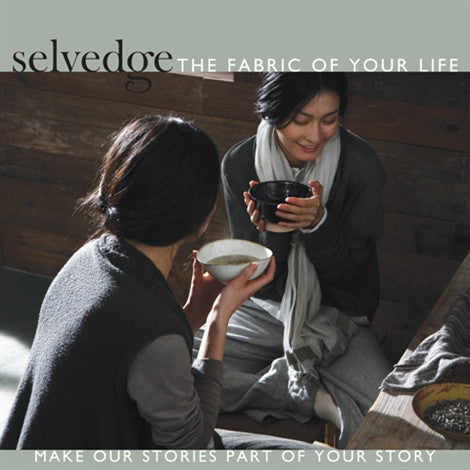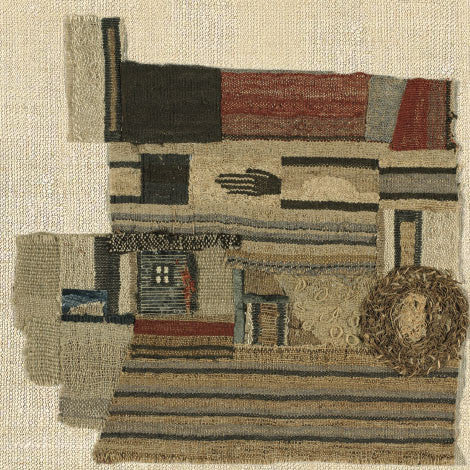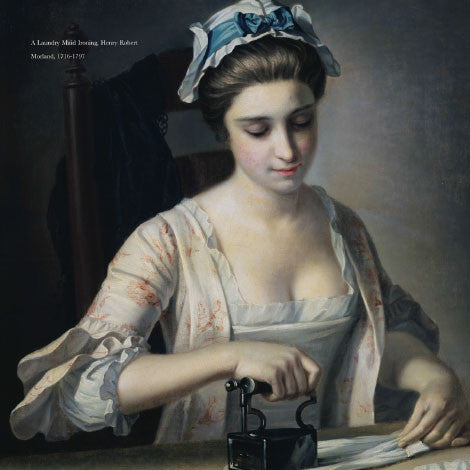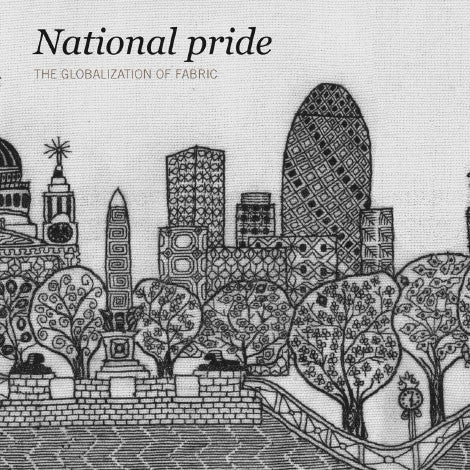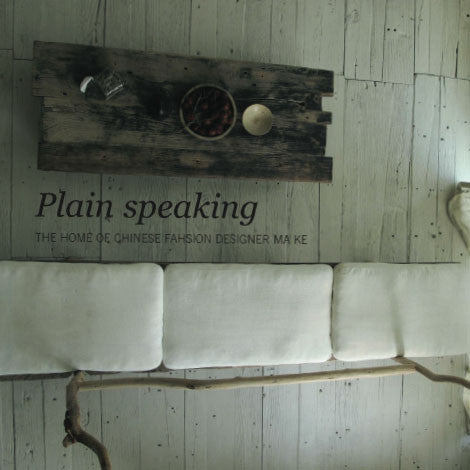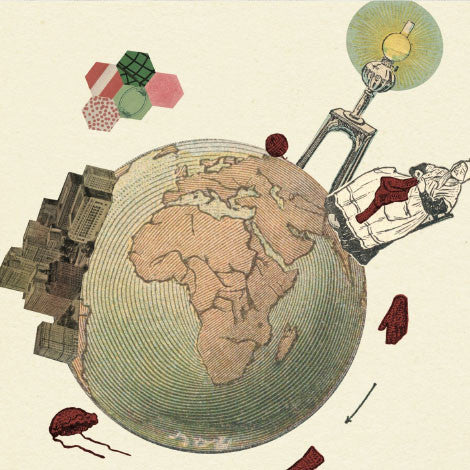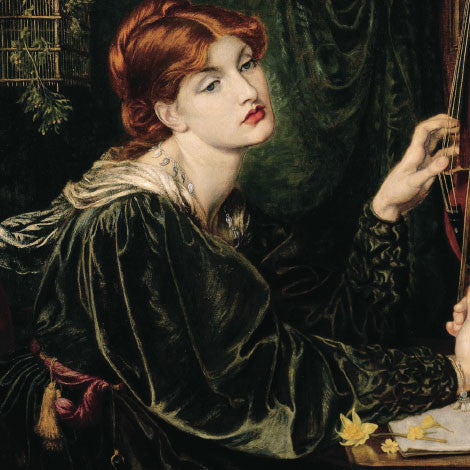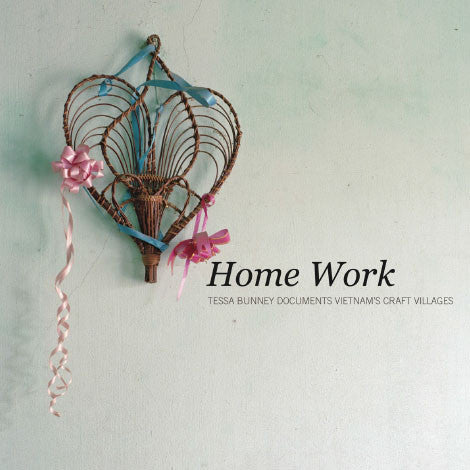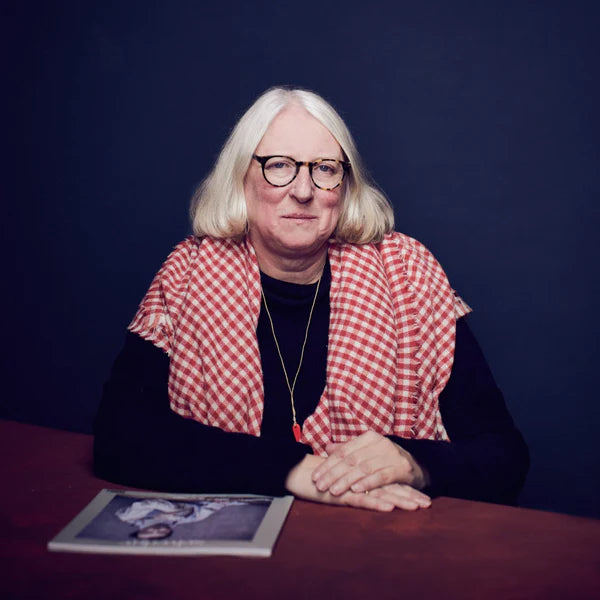Issue 39 Localisation
Selvedge Magazine
Couldn't load pickup availability
March/April 2011


IN THE 20 YEAR PERIOD between 1770 and 1790 cotton production in the UK increased ten fold. This marked the beginning of the industrial revolution that eventually changed the way the world’s population lived and worked. Between 1990, when the first website was launched, and today we have seen a similar 20 year period of rapid and fundamental change. Technological growth has been – or at least seemed – all consuming but some of the effects of this radical shift in the way we communicate, connect and consume have been surprisingly ‘cosy’.
Pre-industrial society relied on individual artisans working in rural locations and selling their wares directly to local customers. There was no recourse to a commercial infrastructure of wholesalers and retailers beyond the nearest market town. As populations shifted to urban centres the distance between maker and point of sale increased, first within countries and then on an international scale. Globalization might have the ring of a modern phrase but Charles Taze Russell coined the term 'corporate giants' in 1897 so the idea, and the concerns that surround it, has been around for some time. So who would have expected a computer network first hailed, and reviled, as an anonymous virtual playground would become a route for individuals to connect through a shared love of craft or textiles and rediscover products with a sense of history. Yet incredibly the technical revolution has resulted in craftsmen returning to rural locations, honing their skills and selling their products direct to the customer with the aid of websites like etsy and ebay. Jane Audas explores the resurgence of the artisan in the technological age, and we offer advice to makers eager to launch their careers.
Thanks to the shrinking global community we have been able to build relationships with makers in all corners of the world, but in this issue we also look at subjects closer to home. Author and broadcaster, Amanda Vickery, explains the significance of linen in the Georgian home. While Gloria Nicol shares her love of vintage clothes pegs, and Jen Edgar from Eucalan offers us advice on stain removal. We try to sweeten the annual spring clean with a round-up of cleaning products, that are both useful and beautiful – William Morris would approve. Which leads us neatly to our article on aesthetic dress, and a glimpse into Whistler’s love of fashion. If they inspire you to live a more ‘beautiful life’ we’d suggest a visit to the Selvedge Spring Fair.
Polly Leonard, Founder
Share
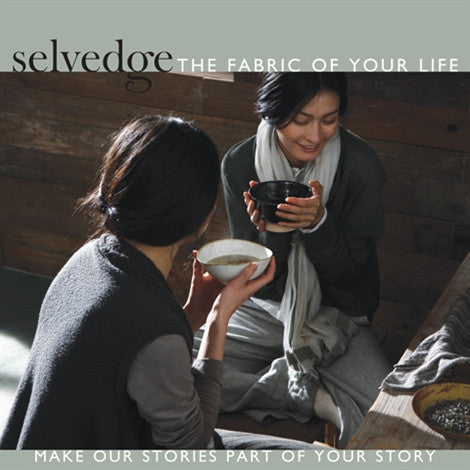
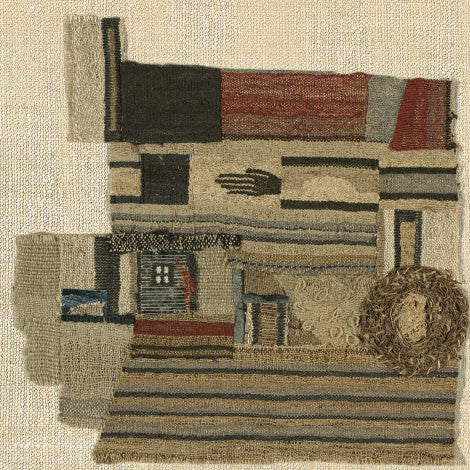
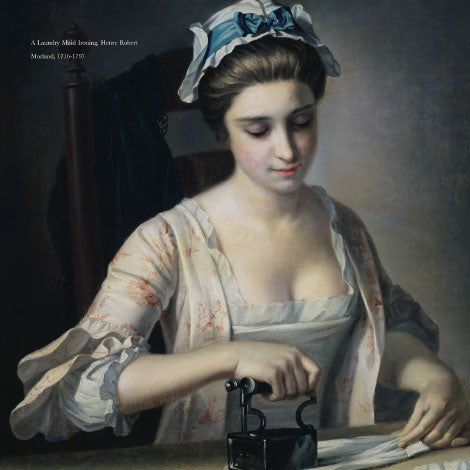
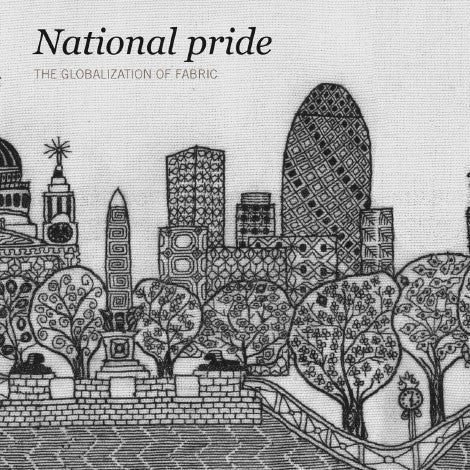
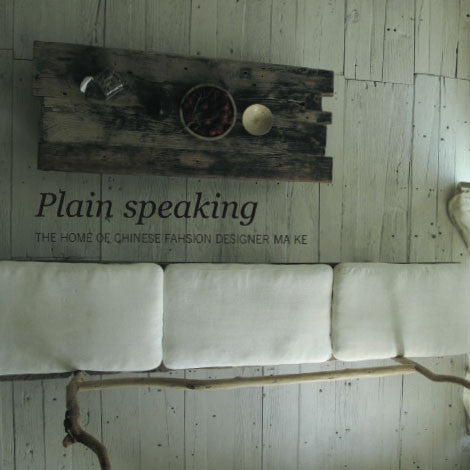
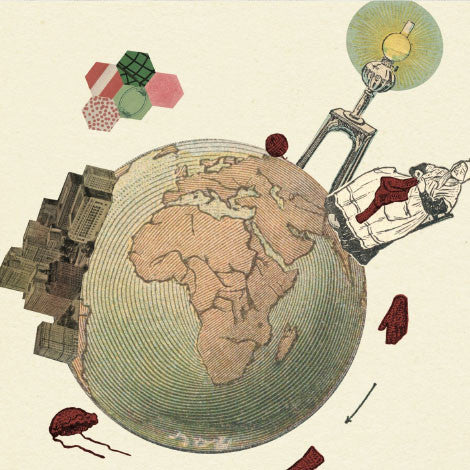
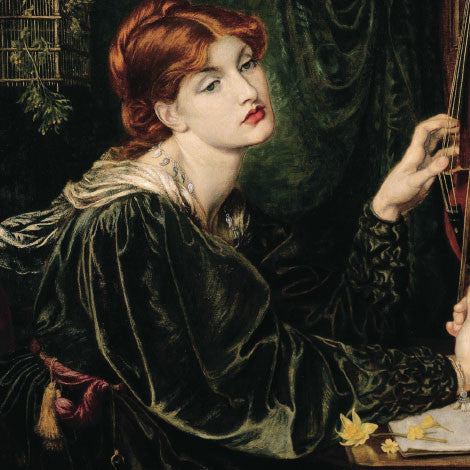
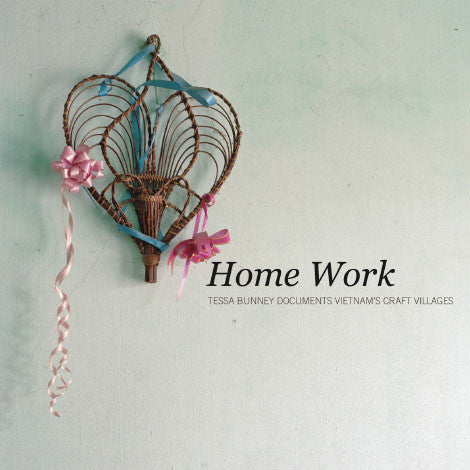

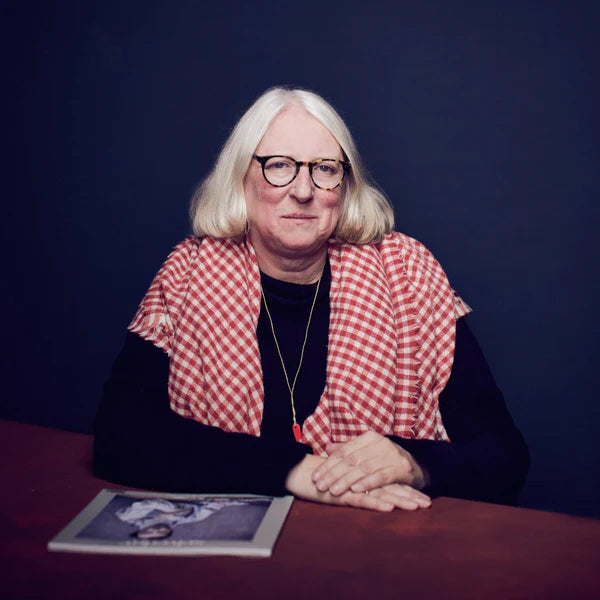
A truly enjoyable read
This magazine is a joy to read on every level. It is well researched, interesting and beautifully written. It cleverly connects the distant past with cutting edge current practice and has inspired me to learn more about both. Now I want to read more!
Visually very satisfying and intellectually stimulating
I always find Selvedge Magazine visually very satisfying and intellectually stimulating. I have all the issues in my library and will have to find a good institution to donate then to when the time comes. I remember getting issue 00 at some conference or meeting in the US when you were first starting out. Bravo again for so many years of sharing the joy of textiles in all its varied forms with all of us.
Congratulations on your vision!
I’ve just been looking up your magazine, and absolutely love it! It seems like it knits together all the slices of delight that are left over in our soul when we are spent with our daily survival transactions…..congratulations on your vision!
Inspirational, Cultural, Educational
I am intriqued -- every issue of Selvedge. I am inspired toward my own work as an artist, as a weaver, as a designer, as a student of global artistry. Forever indebted.
Absolutely gobsmackingly gorgeous
I was expecting something nice, but I was in no way prepared for how absolutely gobsmackingly gorgeous and inspiring your magazine is. Wow and wow. Now I’m counting the minutes until my next paper copy arrives.

